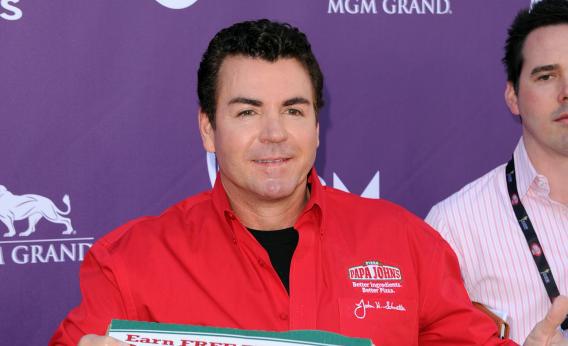Thinking more about this whole question of Papa John’s and ObamaCare, I think the real problem for the company (as opposed to its CEO—the biggest problem for John Schnatter personally is that he’ll pay higher taxes) isn’t that the Affordable Care Act will raise its labor cost, it’s that it’ll lower labor costs for its competitors.
Firms with fewer than 50 employees are exempted from the ACA’s “employer responsibility” provision (which says you pay a penalty if your workers don’t get health insurance), and firms with fewer than 25 employees get subsidies. Specifically, if you have fewer than 25 employees and your employees earn less than $50,000 on average then you get a tax credit to defray 35 percent of the cost of providing health insurance to your workers. It seems to me that many non-chain pizza operations are going to fit that criteria, and the Affordable Care Act will essentially let them offer workers a dollar’s worth of compensation with 65 cents worth of revenue.
In a lot of lines of business, you basically have big companies competing with other big companies. But food service in general and pizza in particular aren’t like that. Obviously Papa John’s does compete with Dominoes and other large chains. But a huge share of the pizza market is held by non-chain operators. Some of them are offering a high-end product that Papa John’s isn’t really competitive with, but there’s lots of middling-to-bad independent pizza out there in this fine country and its just as likely that the chains will expand by taking those places out as by competing with each other for market share. And now along comes ObamaCare to subsidize the competition. Not for any particular policy reason closely tailored to the goals of the law, but basically for the sake of a talking point—Democrats can say, accurately, that, far from burdening small businesses, the Affordable Care Act goes out of its way to help them.
Now, to an extent, Papa John’s can try to get around this through the franchising mechanism. Papa John’s says a typical restaurant has 20-25 employees. So a single-store franchiser can get on the good side of this subsidy. But right now about a fifth of their outlets are company-owned and it’s typical for a franchiser to operate multiple restaurants. I don’t think that creating financial incentives for fast food chains to shift toward more fragmented franchising was a policy goal of the ACA, but it seems to be a consequence and not one that’s undertaken for any real reason.
